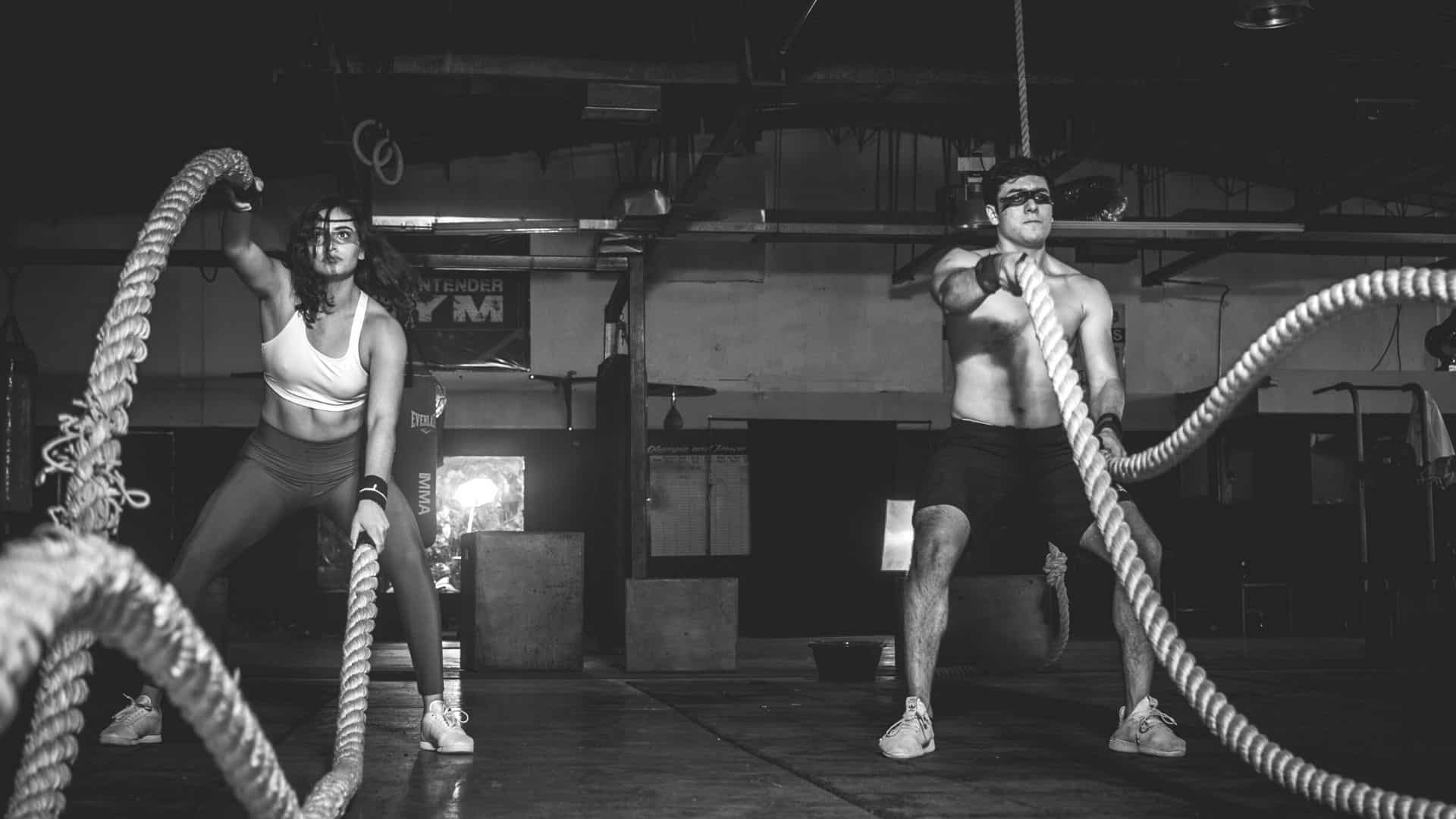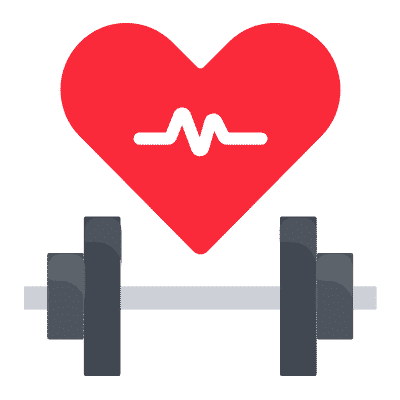Muscular power is the ability of a body to perform an activity quickly and repeatedly by applying a given force. Maintaining a well-worked muscle power is important for health and a good quality of life during middle age.
As the years go by, it becomes more complicated to get up from a seat or pick something up from the floor. This depends on the muscular power you have, how you exercise and the continuity in your exercises.
People who have been physically active throughout their lives will maintain a more active and better developed muscle power than those who start at an older age. But of course there is also a genetic basis which we will discuss later.
To carry a large mass or to pedal 20 km requires strength, but not the same type. When the time of the work done is reduced and repetitive is when more power is exerted, that is to say that the shorter the time the greater the power obtained.
Table of Contents
Difference between muscular power and strength
The concepts of strength and muscular power are commonly confused. We explain it to you in a simple way. Muscular force is the tension exerted by a muscle during a contraction towards a given load or object. However, muscular power is the capacity to exert that same force several times in a coordinated manner and in the shortest possible time.
The greater the resistance to which the force exerted is opposed, the greater the power required to move the object, the greater the muscular exercise.
An example would be the difference between a weight lifter and a boxer. The weightlifter makes an increasing effort in terms of weight, but the boxer does constant repetitions on the punching bag. Therefore, the boxer’s output is more powerful. Having a large muscle mass may enhance strength, but not necessarily power. Improving muscle power results in a much better athletic performance.
How to train muscle power?
In addition to the routine exercises that activate the cardiovascular system that we all know such as running, cycling,… It is advisable to do a series of exercises with weight to maintain and develop a good muscle power.
You can exercise in different ways depending on the specific objectives of the person training and the qualities you want to improve your physical performance. There are two types of exercises suitable for increasing muscle power:
First, plyometric exercises, which consist of performing combined multisprings so that the metabolism is activated using cycles of stretching and shortening. Elastic strength is increased with fast and short actions. An example of plyometric exercise is basketball practice.
Finally there are isokinetic exercises, in which repetitive movements are performed at a constant speed. In this type of exercise the weight can be modified, but maintaining the same speed.
In order to obtain greater muscular power, exercises should be performed with explosive execution and speed.
If we want to perform muscle power training and it is the first time we are going to perform such training, it would be advisable to consult with a health and sports professional to avoid injuries. In addition, we must choose weights that generate effort but do not make it impossible, always bearing in mind that there is a possibility of injury. In addition, both the upper and lower body should be exercised to maintain a healthy muscular balance.
It is not always the case that feeling pain during an exercise is a symptom that it is working. You should decrease until the muscle becomes accustomed to the weight and gradually increase it. It is important to perform the exercises in the correct way and that it does not involve excessive effort. If you have any doubts about how to manage it, the best thing to do is to consult an expert or physical trainer who can guide you in your training.
Exercises for muscle power
When performing exercises to improve our muscle power it is important to take into account certain physical conditions and an adequate muscle tone in the exercise. This is because, if the muscle does not have adequate resistance, the force will be directed to the tendon and may cause damage or rupture.
The sequence and periodicity of muscle power training should also be planned. Some of the exercises used for this development are:
– Crossover dragging a mass: works to train the frontal plane from side to side and to develop lateral mobility.
– Power clean: in this exercise you lift the barbell as fast as you can and place it on the back of your shoulders while in a front squat position.
– Medicine ball toss: this exercise gives a lot of muscular power to the transverse plane with hip rotation and power to the torso by dragging the force from the ground.
– Box jumps: this exercise consists of jumping on an elevated surface as many times as possible and increasing the height of the same.
– Depth jump: closely related to the box jump, since when falling from an elevated point, the jump is immediately performed towards a box. In this case, the drop point is increased to increase the difficulty.
Performing any of these exercises with caution and moderation is important to avoid injuries of any kind. If you feel a lot of pain, you should stop training until you are in optimal conditions to avoid permanent problems in muscles and tendons.
Muscle power and genetics
Although aging is accompanied by the loss of strength and muscle mass, there are people who genetically have superior conditions than others.
It usually happens that genetics conditions certain people to have a better performance in certain sports activities, but this does not mean that muscular power is exclusive to those who are born with it.
There is a branch of genetics known as epigenetics, which studies hereditary changes influenced by the environment in which the individual develops. This means that, although there is a genetic predisposition to be able to practice a sport, growing up in an environment where the practice is not encouraged or does not have the possibility of developing it, will influence almost as much or more as a poor genetic predisposition in a particular sport or activity.
That is to say, the environment in which an individual develops can favor reaching the genetic potential for adequate muscular strength or hinder it. A clear example is someone whose height is tall and is apt for basketball. We could say that he has ideal physical conditions for this sport, but without the proper training for it he will never become good at it.
It is estimated that muscular power is inherited by 80% depending on the specific muscle type (isometric strength of the knee, hand strength, elbow flexion). Genetic markers that have been associated with power sports are used to assess the power predisposition profile. If you want to know your genetic predisposition in this area or for the performance of any sport, we recommend the CROSS DNA genetic tests.





